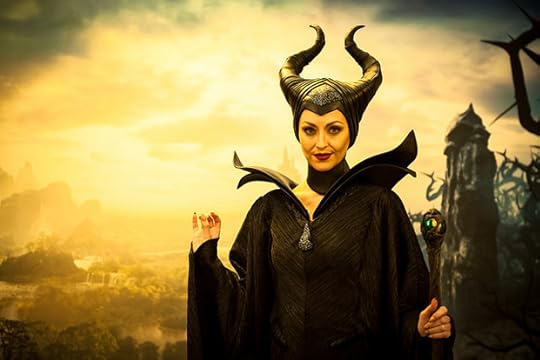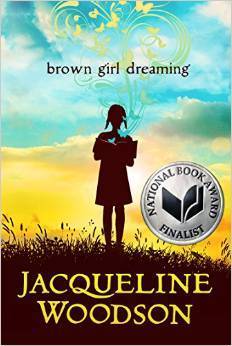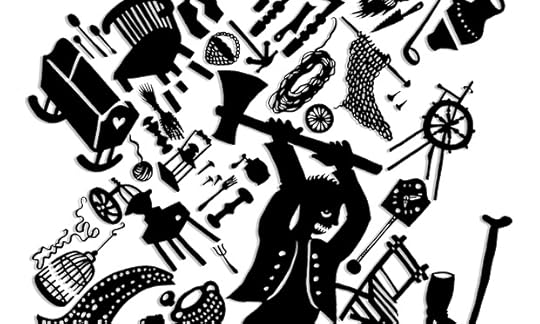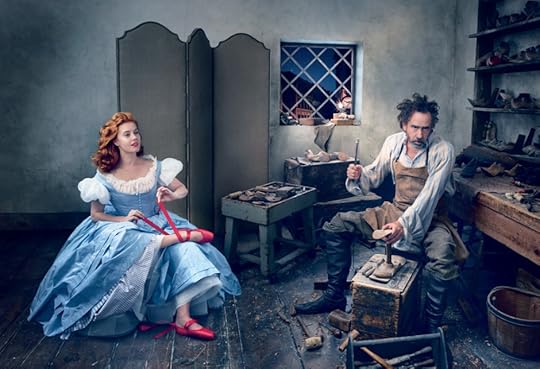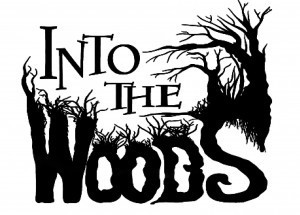Maria Tatar's Blog, page 10
December 14, 2014
The Great Divide: Oral vs. Written
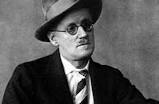 I’m working on a volume of African American Folktales, to be published by W.W. Norton in 2016. This morning I found a passage in Joyce’s Finnegans Wake that helped me understand that we are way too insistent on separating the oral from the written. Here are some thoughts for the day:
I’m working on a volume of African American Folktales, to be published by W.W. Norton in 2016. This morning I found a passage in Joyce’s Finnegans Wake that helped me understand that we are way too insistent on separating the oral from the written. Here are some thoughts for the day:
African American authors famously—and paradoxically—write in the oral tradition. Many literary cultures insist on distancing themselves from oral traditions and from the vernacular. By contrast, we find a self-conscious melding of oral forms, storytelling, and print culture in African American literature, a liquidation of the divide between what we hear and what we read. (It’s what Henry Louis Gates Jr. calls the “talking book.”) Ralph Ellison once mistakenly accused Zora Neale Hurston of “perpetuating the minstrel tradition” because she relied too much on the vernacular. Still, he understood how folklore offers writers a golden well of inspiration:
Folklore has been such a vital part of American literature that it is amazing that more people (and especially writers) aren’t aware of it. Constance Rourke points out that there are folk motives even in the work of Henry James. I guess one of the difficulties here is that people think of folklore as ‘quaint,’ as something that is projected in dialect, when in fact it is its style and wisdom that count.
A rich mix of vernacular styles is, ironically, exactly what became the mark of modernism in works by writers ranging from James Joyce to John Dos Passos to Alfred Döblin. “How good you are in explosition! How farflung is your folkloire and how velktingeling your volupkabulary!” Joyce wrote in Finnegans Wake. The language and grammar of folklore is attractive not only in its expansive artlessness but also in its restive challenge to the status quo. Herbert Marcuse once described how rebellion and insubordination, even when subdued in real life, “bursts out in a vocabulary that calls things by their names: ‘head-shrinker’ and ‘egghead,’ ‘boob tube,’ ‘think tank’ and ‘beat it,’ ‘dig it’ and ‘gone man gone.’” Folklore captures the candor of the vernacular, which not only speaks truth to power but also operates in a powerful poetic register.
December 7, 2014
November 27, 2014
PAN TRAILER
Press “PAN” above to view the trailer. Joe Wright, director of Atonement, Pride and Prejudice, and Hanna has turned his attention to Peter Pan. Now we have a television production (Peter Pan Live), a Broadway musical (Finding Neverland) , and what looks to be a big Hollywood production (Pan), with Hugh Jackman, Amanda Seyfried, and Rooney Mara. 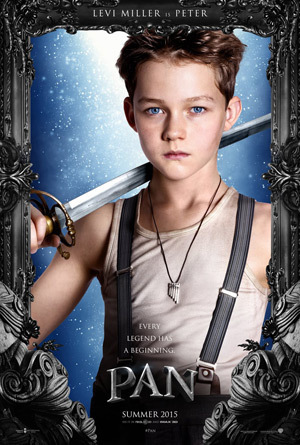
The story of an orphan who is spirited away to the magical Neverland. There, he finds both fun and dangers, and ultimately discovers his destiny — to become the hero who will be forever known as Peter Pan.
November 25, 2014
Allison Williams and Christopher Walken in Peter Pan Live
Counting down to December 2, and looking forward to Christopher Walken doing the tango.
For this Peter Pan, the cast of 46 includes Broadway veterans like Kelli O’Hara as Mrs. Darling, Taylor Louderman as Wendy, and Christian Borle as Smee. Mr. Walken accepted the role of Captain Hook with one condition: that he be able to dance a lot. In this version he does a tango, a tarantella, a choreographed duel and a new opening tap-dance number, says director Rob Ashford. “We exploited every moment in the script to include dancing.”
As reported by the WSJ: http://online.wsj.com/articles/peter-...
November 23, 2014
Fairy-tale Alchemy, and Neil Gaiman mixes it up once again, creating pure magic
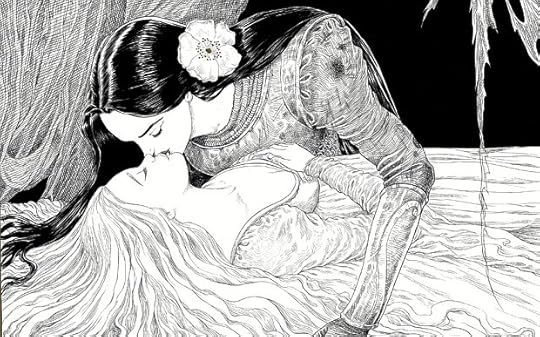
http://www.telegraph.co.uk/culture/books…
Honestly, does anyone say it better than Neil Gaiman, when it comes to fairy tales?
“I feel like some kind of alchemist,” Gaiman suggests. “I have to go to the cupboard and take one ounce of Snow White and two ounces of Sleeping Beauty, and heat the Sleeping Beauty and froth the Snow White and mix them together: it’s kind of like fusion cuisine. It tastes like both of them but it’s actually a new dish.”
And later:
“The Bloody Chamber is such an important book to me,” he says. “Angela Carter, for me, is still the one who said: ‘You see these fairy stories, these things that are sitting at the back of the nursery shelves? Actually, each one of them is a loaded gun. Each of them is a bomb. Watch: if you turn it right it will blow up.’ And we all went: ‘Oh my gosh, she’s right – you can blow things up with these!’”
When I ask Gaiman who his favourite fairy tale character is, he says he fell in love with Red Riding Hood when reading Carter. She was also Charles Dickens’s favourite, but in order to interpret Gaiman’s taste, you need to know that Carter’s take on the tale was “The Company of Wolves”, an ornately told story in which the heroine makes a relatively late appearance in a savage, sexual world, not a small child skipping along a path but a daring pubescent girl who strips naked, laughs in the face of danger and sleeps with the wolf – rendering him post–coitally “tender” – in her dead grandmother’s bed.
In fact, as Gaiman explains (becoming, in his own description, “fairy tale nerdy”) the bombs inherent in such stories have been defused more often than they have been detonated. For instance, the reason why Disney’s Sleeping Beauty doesn’t work, he says, is because “it’s not a story. It’s the opening to a story. The first versions we have of it make more sense but are less kind to human nature.
November 20, 2014
Fantasy, Science Fiction, and Children’s Literature at the National Book Awards
Woodson, who won for “Brown Girl Dreaming,” her memoir in verse of growing up African-American in the nineteen-sixties and seventies, said, “It’s so important that we talk to our old people before they become ancestors, and get their stories.”
I have framed those words and placed them above my desk while I work on Annotated African American Folktales.
And here’s Ursula LeGuin
http://www.npr.org/blogs/thetwo-way/2014…
I was a fan of Lemony Snicket until I watched this:
http://gawker.com/lemony-snicket-makes-s…
The Grimms Straight Up
The Guardian reviews Jack Zipes’s translation of the first edition of the Grimms’ fairy tales and folktales.
http://www.theguardian.com/books/2014/no…
The original stories, according to the academic, are closer to the oral tradition, as well as being “more brusque, dynamic, and scintillating”. In his introduction to The Original Folk and Fairy Tales of the Brothers Grimm, in which Marina Warner says he has “redrawn the map we thought we knew”, and made the Grimms’ tales “wonderfully strange again”, Zipes writes that the originals “retain the pungent and naive flavour of the oral tradition”, and that they are “stunning narratives precisely because they are so blunt and unpretentious”, with the Grimms yet to add their “sentimental Christianity and puritanical ideology”.
But they are still, he believes, suitable bedtime stories. “It is time for parents and publishers to stop dumbing down the Grimms’ tales for children,” Zipes told the Guardian. The Grimms, he added, “believed that these tales emanated naturally from the people, and the tales can be enjoyed by both adults and children. If there is anything offensive, readers can decide what to read for themselves. We do not need puritanical censors to tell us what is good or bad for us.”
Amy Adams and Tim Burton Re-enact “The Red Shoes” for Vogue
Annie Leibovitz revisits Hans Christian Andersen’s “The Red Shoes” in a photo shoot for the December issue of Vogue.
November 9, 2014
The Grolier Club Hosts 100
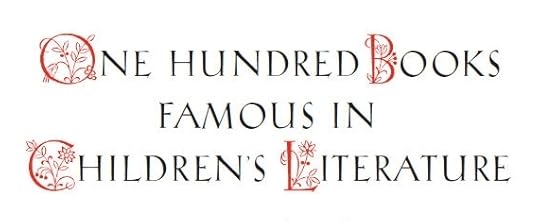
Powerful narrative, unforgettable characters, illustrations that stir the imagination, and insights that engage the mind and heart—literature for children is forged from the same enduring elements as literature for adults. Children’s books with these qualities often shine for generations, with some achieving landmark fame. A few such books ultimately go on to enter the canon of classics of children’s literature
The Grolier Club’s milestone public exhibition, One Hundred Books Famous in Children’s Literature, showcases one hundred books of this caliber, printed from 1600 to 2000. On view from December 10, 2014 through February 7, 2015, the show includes such beloved books as Robinson Crusoe, Grimm’s Fairy Tales, Alice’s Adventures in Wonderland, Tom Sawyer, Treasure Island, Peter Rabbit, The Wonderful Wizard of Oz, Peter Pan, Winnie-the-Pooh, Charlotte’s Web, The Cat in the Hat, Where the Wild Things Are, and Harry Potter. These classics and others—many famous today, some only in their time—will bring smiles of enjoyment to adults and children alike.
A Colloquium, “Journeys Through Bookland: Explorations in Children’s Literature,” takes place Tuesday, January 20, 2015 from 1-5 pm, with a cocktail reception to follow. This colloquium brings together six international children’s literary experts who will lead participants through highlights in the history, present, and future of the book for children. Please contact the Grolier Club to register for the colloquium.
http://www.finebooksmagazine.com/press/2…
Trailer for INTO THE WOODS
Maria Tatar's Blog
- Maria Tatar's profile
- 316 followers


